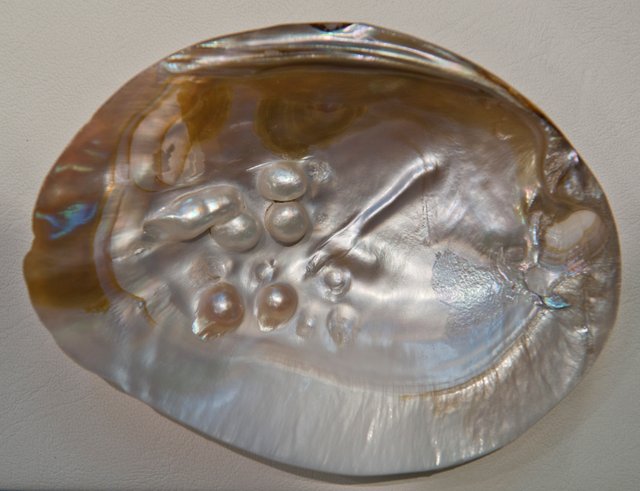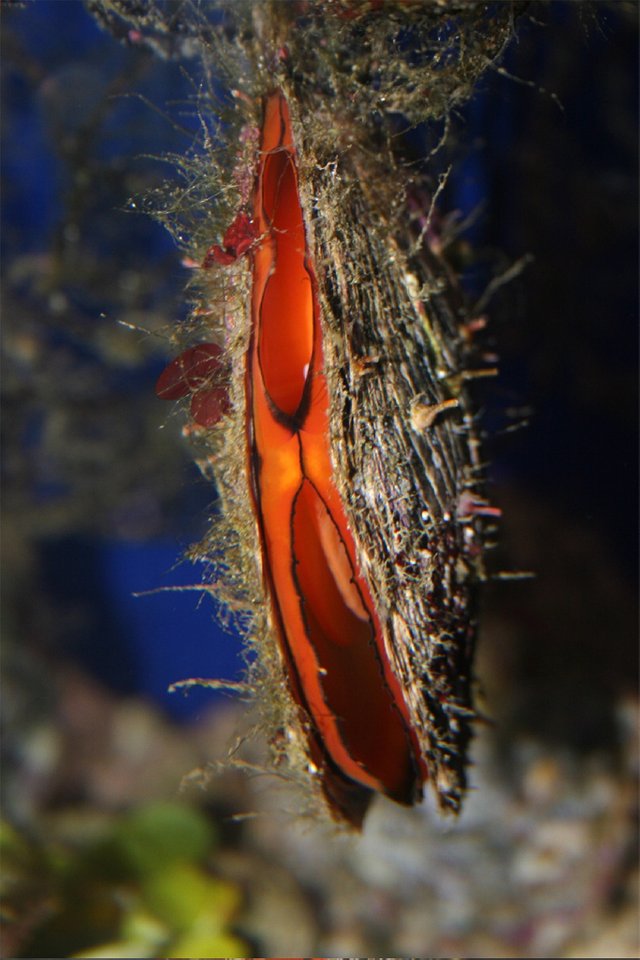How mussels and oysters produce pearls
Pearls are really cool objects, formed from a natural process in most shelled molluscs. The best pearls are highly valued as gemstones for use in jewelry, and in this post I want to share the process behind the formation of the pearls.
Contrary to popular believes, there are not just some species of oysters and mussels who can produce pearls. Every single shelled mollusk is able to produce some form of pearl, but the reason why most people believe only a few species can do this is because most pearls produced are not really wanted as gemstones. In fact, only some species can produce valuable pearls, and that is the reason why no one goes around hunting snails for their pearls.
How the pearls are formed
The creating of a pearl is actually a defense mechanism found in certain mollusks. If a parasite were to attack the mollusk, it creates a pearl sac around the parasite in order to seal off the irritation. People tend to think that a grain of sand is the cause of the irritation, but this is actually really uncommon, and parasite attacks are a way more common source of the pearl sac. The system is a pretty cool anti-parasitic mechanism, and is in many ways pretty much the same as our phagocyte cells which ingest parasites and other harmful intruders and cells.
After the creating of the pearl sac, the mollusk will secrete a compound known as nacre into the pearl sac. This is made of a mineral called aragonite, which mostly consists of calcium carbonate. This is held together by conchiolin, a complex protein that is only found in mollusks. The nacre will eventually fill the pearl sac, and once it’s filled, more nacre is secreted on top of it, forming more layers to the pearls. The more nacre layers it created, the bigger the pearl gets.

A mollusk with a few pearl sacs. Image by Hannes Grobe/AWI, posted with the Creative Commons Attribution 3.0 Unported license.
The nacre is the same compound it uses to build its shell from, so chemically the pearl is the same compound as the shell itself. The process to create a pearl is really slow in nature, but in pearl farms they use the parts of the shell of another mollusk to kickstart this process.
The pearls are found in both freshwater and saltwater. The freshwater peals comes from various species in the Unionida order, while the saltwater pearls are found from the family known as feather oysters (Pteriidae)

Pinctada margaritifera, one of the species of saltwater mollusks that produces valuable pearls. Image by flickr user =mc2, posted with the Creative Commons Attribution-Share Alike 2.0 Generic license.
How rare are pearls in nature?
Finding a pearls from a mulloc or clam is actually extremely rare. These are known as wild pearls, and one must open hundreds of individuals to even find one pearl. The odds of this being a good, valuable pearl is still low. My professor once had a lesson about the freshwater pearl mussel (Margaritifera margaritifera), saying that one would roughly find one good pearl in 10,000 mussels!
Reduced natural occurrences of the pearl-forming mussels
Because of the value of pearls, lots of the pearl-forming species are seeing population loss because of collecting. I want to share some experiences from Norway. We used to have a pretty big amount of the freshwater pearl mussel (Margaritifera margaritifera) in our streams and rivers. These produce nice pearls, and during the start of the 1900s people collected so many of these that the populations had a steep decline.

The freshwater pearl mussel (Margaritifera margaritifera). Image by Joel Berglund, posted with the GNU Free Documentation License
The government in Norway decided to take action against this, and made them illegal to collect in 1993. The name of the mussel was at that time Elveperlemusling (translated into river pearl mussel), and this got changed to elvemusling (translation: river mussel) in a step to try to get less people to realize that these are in fact pearl-producing mussels. This might be a good strategy, because every time I tell people that these are in fact pearl-producing, they don't really believe me.
We got some research going on this species at my school, where the researchers are trying to find how big the population is by using DNA to identify the relatedness of the individuals. I do not have any sources on this, but there seems to be a trend where most mussels are closely related, which means the population was really small at one point. It seems to be raising again now that a ban on collecting them is in place, but sadly I don’t think the future looks too good for the freshwater pearl mussel in Norway, because this species is also very sensitive to pollution, especially heavy metals.

A pearl oyster with a pearl sac. Image by Manfred Heyde, posted with the GNU Free Documentation License.
Thank you for reading
Thank you for reading my post! I hope you enjoyed it, and maybe learned a thing or two. If you liked it, please consider following me to get more posts like this right in your feed in the future!
Sources
I mostly used Wikipedia to get my facts correctly. Check out the pages about Nacre and Pearls to learn more about natural pearls.
For my part about the Norwegian history, I sadly don’t have any sources except for my poorly scribbled study notes from a few years ago. If you are able to read Norwegian, this link takes you to our laws about the freshwater pearl mussel, which tells you about the ban on collecting these.